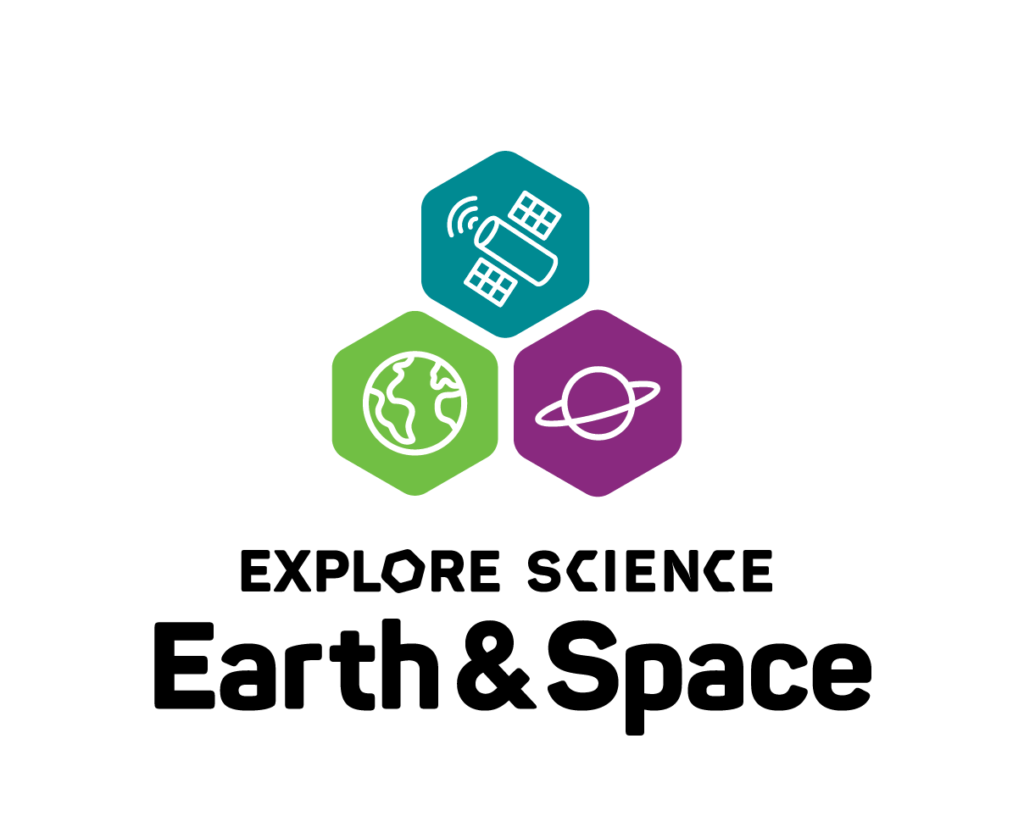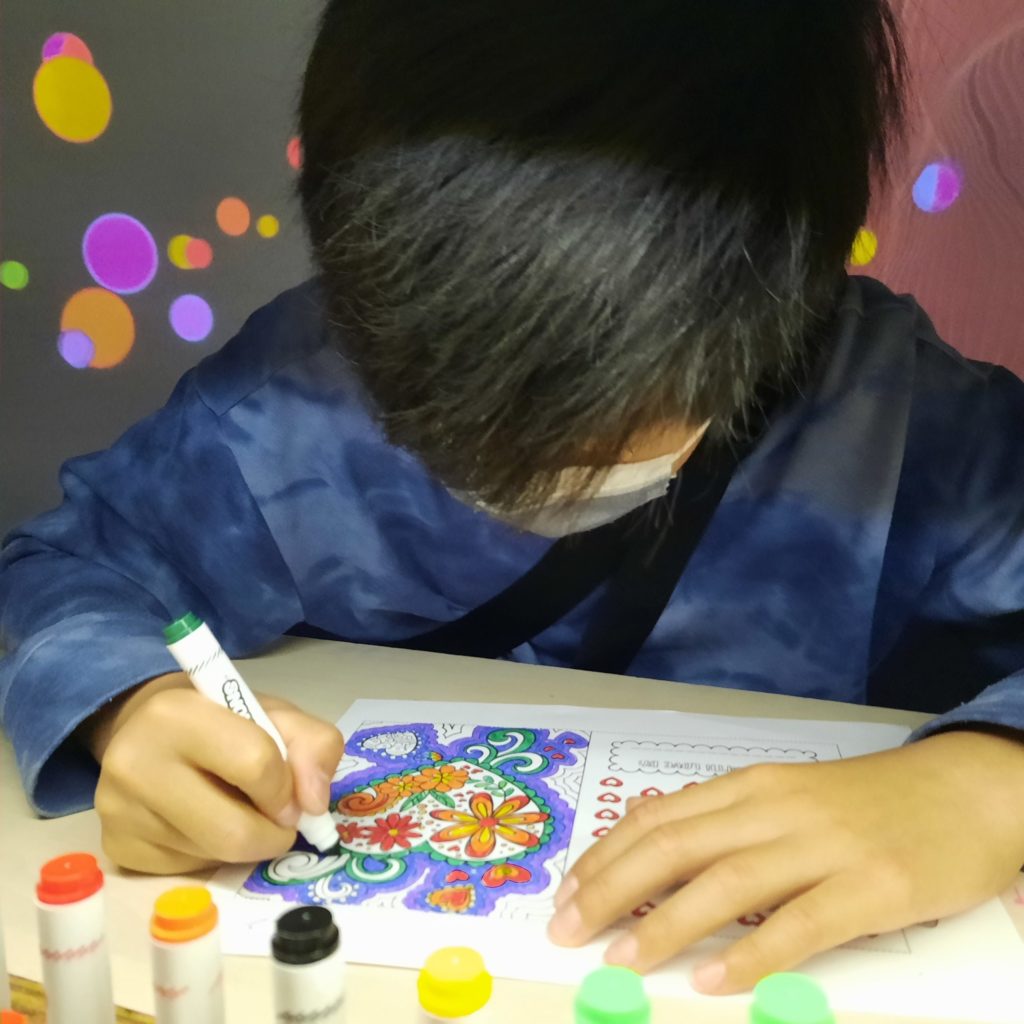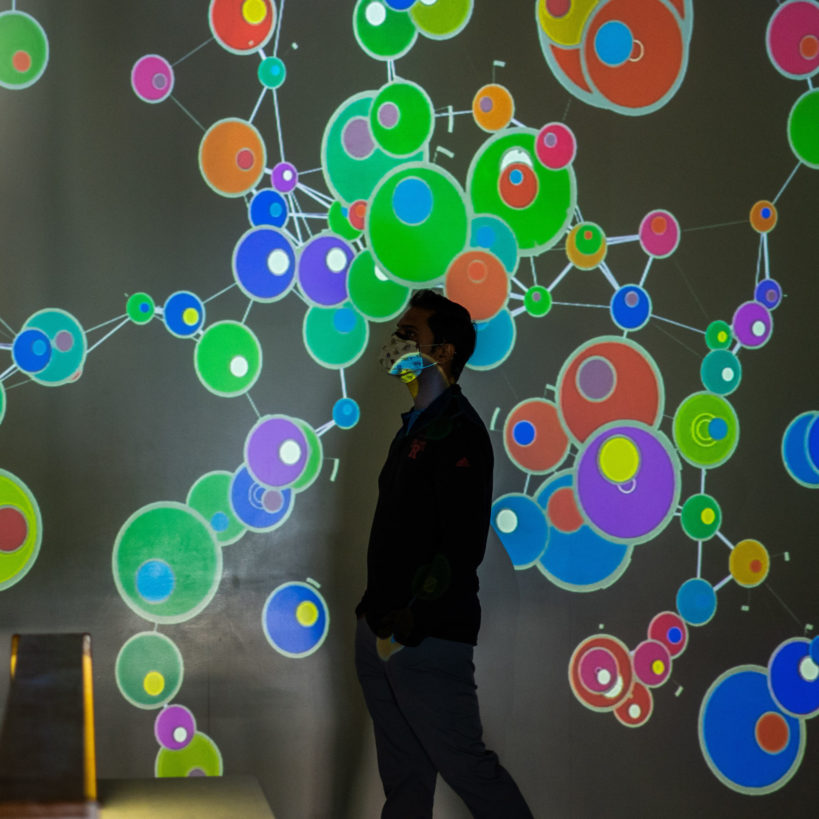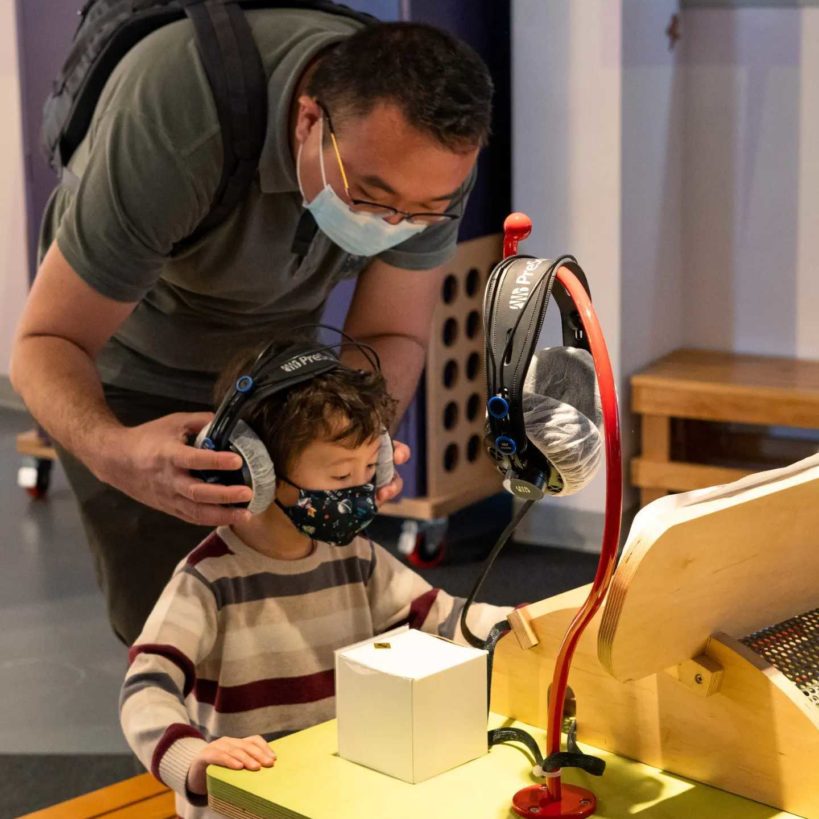For the Verizon/NYC Media Lab project, Darrell Porcello (Director of National STEM Networks) will lead Children’s Creativity Museum educators, media producers, and subject matter advisors (BSCS Science Learning researchers and NISE Network leaders) as they adapt STEM hands-on activities developed by the museum with NSF, NASA, and IMLS funding for use on the Verizon Innovative Learning HQ portal.

Project objectives include:
- Review and choose a select number of activities with the Verizon/NYC Media Lab team to complement Verizon’s prior investment in the Verizon Innovative Learning HQ portal.
- Expand the creativity opportunities and caregiver support in selected activities per the museum’s educational philosophy of creative confidence
- Work with an experience translator for language and culture to translate all public facing activity materials into Spanish.
- Document potential connections to current Augmented Reality apps on the Verizon Innovative Learning HQ portal for activity guides and in-person programming at the museum.
- Collaborate with the Verizon/NYC Media Lab team to publish and share revised activities on the Verizon Innovative Learning HQ portal and national STEM education networks for children’s and science museums.
Potential hands-on STEM activities—and their respective source projects—for this work may include, but are not limited to:

Making Waves With Radio, a new NSF-funded project to raise awareness and build a scientific understanding of radio frequency communications and Wi-Fi technologies for youth, families, and the general public. The Children’s Creativity Museum is a partner on the grant, leading activity development.
- Radio Explorers: Message from Space. This activity guides learners through the process of making a sound wave detector from a remote key finder, a sound wave source (think speaker, music box, etc.), a vacuum chamber, and simple household items such as a sponge, plastic wrap, etc. This experience helps young learners grasp how radio waves and sound waves differ and why radio waves are so well-suited for communication over vast distances, even through space.
- Radio Explorers: Wi-Fi Detective. This activity scaffolds an exploration of Wi-Fi by challenging learners to weaken or strengthen radio signals between a router and a custom app. Learners explore radio wave interference, reflection, and polarization using household materials, and also discover the difference in Wi-Fi frequency bands.
- Radio Futures: You Decide. This activity uses a set of cards on people and radio technologies to support learners as they role play possible futures and have conversations about potential science and society connections. This experience cements the ubiquitous nature of radio technologies in communication, navigation, and wireless devices while encouraging learners to imagine and share stories filled with their values and emotions.

Explore Science: Earth & Space is a set of toolkits from the NISE Network that contains engaging, hands-on Earth and space science experiences with connections to science, technology, and society developed in collaboration with NASA. The Children’s Creativity Museum is a partner on the grant, and staff designed and tested several activities.
- Nebula Spin Art. In this activity, participants learn about how gigantic clouds of gas and dust in space, called nebulas, are formed. They create their own colorful model nebula using paint and a spinner. Because of the unique quantities and locations of the materials and the forces that spread them out, each model nebula is unique—just like a real nebula.
- Mars Rovers. In this activity, learners investigate how scientists and engineers use robotic rovers and other vehicles to explore distant worlds, and experience some of the challenges and teamwork required to navigate a rover across the surface of a planet millions of miles away. Players acting as "Mission Control" and a "Rover" must work together to navigate an obstacle course.
Adapted and revised activities will be shared via lesson plans that include learning objectives, step-by-step instructions, required materials, background STEM content, and facilitation tips for educators and caregivers. Spanish versions of all public facing activity materials will also be included to support greater access by diverse public audiences. Videos may also be produced to help make each activity come to life.
Project staff will also leverage Verizon Innovative Learning HQ augmented reality apps through additional guides and in-person programming prototypes that connect activity components with relevant app content and experiences. Possibilities include: showcasing STEM career connections through the Career Day app volumetric videos interviews, extending planetary science concept learning with the Timepod Adventures app’s Martian module, and Mapper’s Delight to broaden the personal and collaborative song and story creations in our Making Music Studio.




